1. Understanding Oral Drug Tests and Their Purpose
Oral drug tests, commonly referred to as saliva drug tests, are widely used for detecting recent drug use in individuals. These tests analyze oral fluids to identify the presence of drugs and their metabolites, providing a quick and non-invasive method of screening.
Organizations across the US, including employers and law enforcement agencies, utilize oral drug tests for workplace safety, probation monitoring, and roadside checks. The test’s convenience and relatively short detection window make it an effective tool for identifying recent substance use.
2. Substances Commonly Detected in Oral Drug Tests
Oral drug tests screen for a range of commonly abused substances. Typical panels check for:
- Marijuana (THC): One of the most frequently tested substances, detectable in saliva shortly after use.
- Cocaine: Includes crack cocaine and other derivatives, detectable within hours to a couple of days.
- Amphetamines and Methamphetamines: Common stimulants often included in testing panels.
- Opiates: Such as heroin, morphine, and codeine.
- Phencyclidine (PCP): A dissociative drug also detected in oral fluids.
- Benzodiazepines: Sometimes included depending on test complexity.
The exact substances tested may vary based on the test kit and screening requirements.
3. How Oral Drug Testing Works
Oral drug tests involve collecting saliva samples using swabs placed inside the mouth. These swabs absorb oral fluids, which are then analyzed either onsite with instant test kits or sent to a laboratory for detailed analysis.
The tests detect drug molecules or their metabolites excreted into saliva, typically reflecting drug use within the past 24 to 48 hours, depending on the substance.
4. Advantages and Limitations of Oral Drug Tests
One major advantage is the non-invasive and easy collection process, eliminating privacy concerns associated with urine or blood tests. Oral tests also reduce the risk of sample tampering. The quick turnaround time supports prompt decision-making.
However, the relatively short detection window means these tests are best suited for detecting recent drug use rather than long-term patterns. Environmental contamination or passive exposure may sometimes affect results, requiring confirmatory testing.
5. Real-World Applications and Case Examples
In a workplace setting, a logistics company in California adopted oral drug testing for routine safety checks. The quick screening helped identify impaired drivers efficiently, improving overall safety. In another case, probation officers used oral tests to monitor compliance, offering a less intrusive alternative to urine tests.
These examples demonstrate the test’s practicality and increasing adoption in various sectors.
6. Preparing for and Understanding Your Oral Drug Test
For individuals subject to oral drug tests, understanding the substances tested and the detection timeline is crucial. Avoiding substances prior to testing and following instructions carefully can prevent unexpected results.
Employers and legal bodies should communicate clearly about testing procedures and implications to ensure transparency and fairness.
For those seeking further information and reliable drug testing services, Dentistry Toothtruth offers expert guidance and support for accurate and confidential oral drug testing solutions.

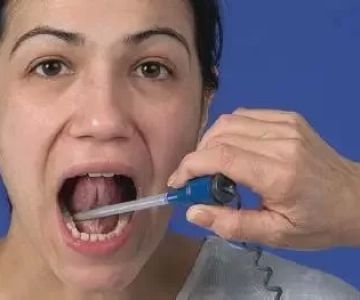

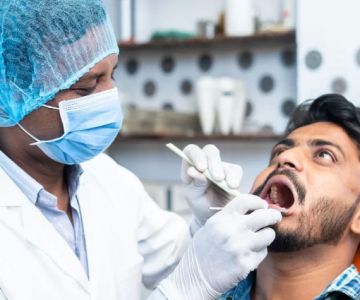
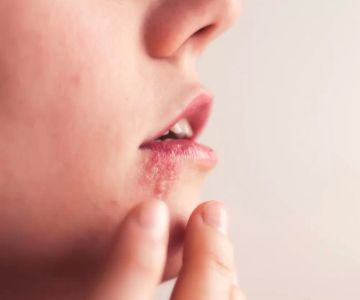
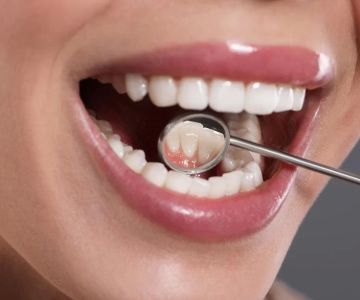
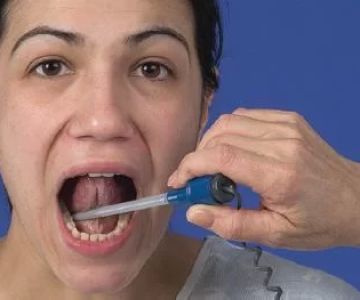
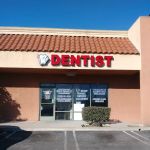 Baldwin Park Family Dentistry4.0 (16 review)
Baldwin Park Family Dentistry4.0 (16 review) Sims Dentistry of Louisville4.0 (192 review)
Sims Dentistry of Louisville4.0 (192 review) Ridge Periodontics & Dental Implants3.0 (12 review)
Ridge Periodontics & Dental Implants3.0 (12 review) Jared Berger DMD3.0 (4 review)
Jared Berger DMD3.0 (4 review) David C. Li DDS4.0 (154 review)
David C. Li DDS4.0 (154 review) Blaine Kidds Pediatric Dentistry4.0 (410 review)
Blaine Kidds Pediatric Dentistry4.0 (410 review) The Importance of Oral Health Education During Pregnancy for a Healthy Pregnancy
The Importance of Oral Health Education During Pregnancy for a Healthy Pregnancy Best Tips for Brushing Your Teeth Properly for Healthy Gums: Essential Techniques for Oral Health
Best Tips for Brushing Your Teeth Properly for Healthy Gums: Essential Techniques for Oral Health Why Skipping Dental Checkups Can Lead to Bigger Oral Health Problems
Why Skipping Dental Checkups Can Lead to Bigger Oral Health Problems Advantages of Porcelain Dental Restorations
Advantages of Porcelain Dental Restorations How Can Diabetes Cause Tooth and Gum Problems? Preventing and Managing Oral Health Issues
How Can Diabetes Cause Tooth and Gum Problems? Preventing and Managing Oral Health Issues Healthy Habits for Promoting Good Oral Health and Hygiene: Tips for a Healthy Smile
Healthy Habits for Promoting Good Oral Health and Hygiene: Tips for a Healthy Smile